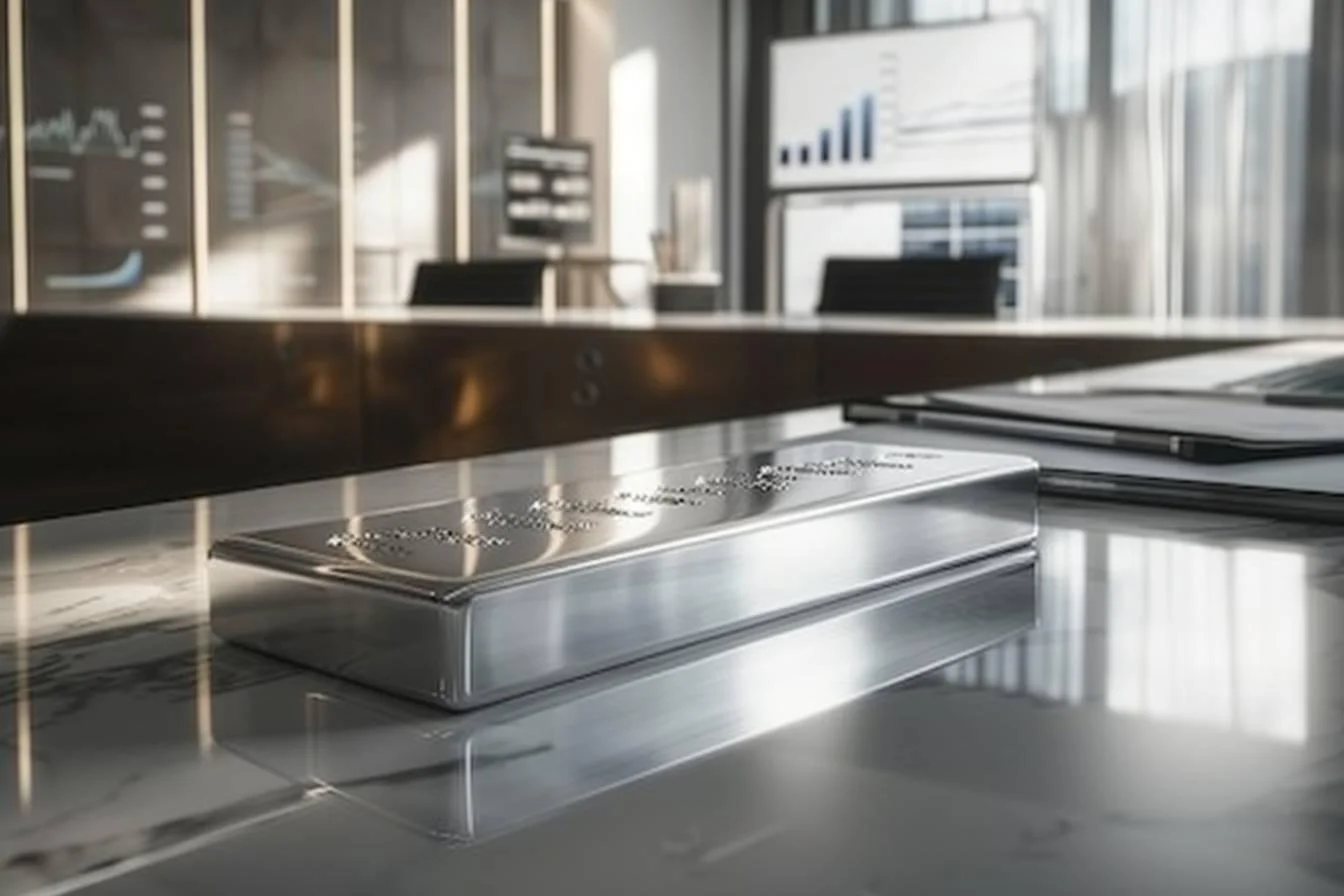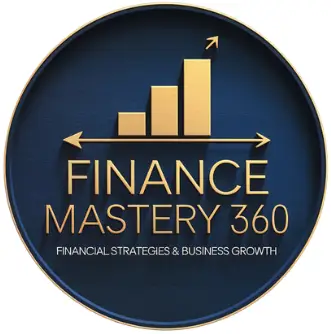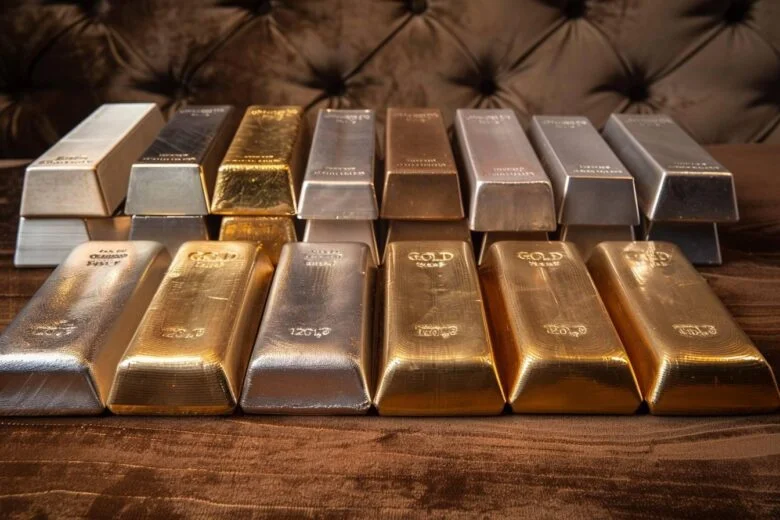Precious metals have long been a cornerstone of investment portfolios, offering a unique blend of stability and potential growth. As a financial expert with over 15 years of experience, I’ve witnessed firsthand the allure of gold, silver, and platinum in diverse market conditions. In 2023, the global precious metals market was valued at $289.6 billion, highlighting its significant role in the investment landscape. Let’s dive into the world of precious metals investing and explore the merits of gold, silver, and platinum.
The golden standard: Investing in gold
Gold has been the epitome of wealth for millennia, and its appeal as an investment vehicle remains strong. Gold is primarily valued as a safe-haven asset and a hedge against inflation. Unlike other commodities, gold’s worth isn’t tied to industrial applications but rather to its perceived value as a store of wealth.
Key characteristics of gold investments include:
- Stability during economic downturns
- Limited industrial use, mostly in jewelry
- Price driven by investor sentiment and economic uncertainty
- Highest price per ounce compared to silver and platinum
During my tenure at a Fortune 500 company, I observed how gold often shines brightest when other assets falter. For instance, during the 2008 financial crisis, gold prices surged by approximately 25% while many stocks plummeted. This inverse relationship with traditional markets makes gold an attractive option for portfolio diversification.
Silver lining: The dual nature of silver investments
Silver presents a compelling case for investors due to its dual role as both a precious and industrial metal. This duality gives silver a unique position in the investment world, offering potential gains from both safe-haven demand and industrial growth.
Key aspects of silver investments:
- More volatile price than gold, offering potential for higher returns
- Significant industrial applications (electronics, solar panels, etc.)
- Lower price per ounce, making it more accessible to smaller investors
- Demand driven by industrial uses, jewelry, and investment
In my experience advising mid-sized businesses on financial restructuring, I’ve noted how silver’s industrial applications can make it a barometer for economic health. The metal’s use in emerging technologies, such as solar panels and electric vehicles, positions it well for future demand growth.

Platinum’s promise: A rare and industrial powerhouse
Platinum stands out as a rare and primarily industrial precious metal, with its fortunes closely tied to specific sectors, particularly the automotive industry. This unique positioning can offer both opportunities and challenges for investors.
Key features of platinum investments:
- Rarer than gold, sometimes commanding higher prices
- Primary use in automotive catalytic converters
- More volatile price movements than gold
- Can be more challenging to buy/sell due to lower liquidity
As an independent consultant specializing in strategic financial planning, I’ve observed how platinum’s price can be significantly influenced by shifts in automotive industry demand. For example, the growing adoption of electric vehicles, which don’t require catalytic converters, has put pressure on platinum prices in recent years.
| Metal | Primary Use | Price Volatility | Investor Accessibility |
|---|---|---|---|
| Gold | Store of value | Low | High |
| Silver | Industrial/Store of value | Medium | High |
| Platinum | Industrial | High | Medium |
Navigating the precious metals market: Strategies for success
When considering an investment in precious metals, it’s crucial to understand the various factors that influence their prices and the different investment options available. Here are some key strategies to keep in mind:
- Diversification: Don’t put all your eggs in one basket. Consider a mix of gold, silver, and platinum to balance risk and potential returns.
- Market timing: Pay attention to economic indicators and geopolitical events that can impact precious metal prices.
- Investment vehicles: Choose between physical bullion, ETFs, mining stocks, or futures contracts based on your investment goals and risk tolerance.
- Cost considerations: Factor in storage and security costs for physical metals, or management fees for ETFs and other investment vehicles.
- Long-term perspective: Precious metals often perform best as long-term holdings, helping to smooth out short-term volatility.
In my role guiding startups seeking funding, I often emphasize the importance of understanding the unique characteristics of each metal. Gold’s stability can provide a solid foundation, silver’s industrial applications offer growth potential, and platinum’s rarity can lead to significant price movements.
Remember, while precious metals can offer valuable diversification and potential protection against inflation, they don’t generate income like stocks or bonds. It’s essential to view them as part of a broader investment strategy aligned with your financial goals and risk tolerance.
As we navigate an increasingly complex financial landscape, the allure of precious metals remains strong. Whether you choose gold for its stability, silver for its dual nature, or platinum for its industrial potential, understanding the nuances of each metal is key to making informed investment decisions. By carefully considering your options and maintaining a balanced approach, you can harness the power of precious metals to enhance your investment portfolio and work towards your financial objectives.




